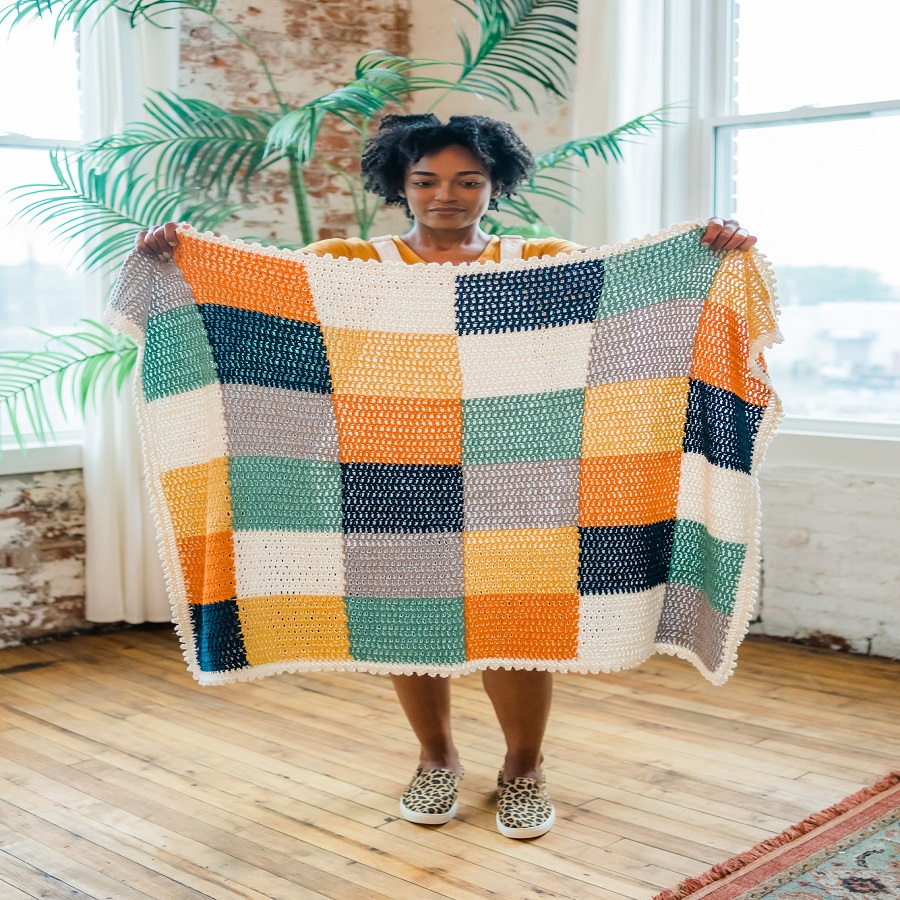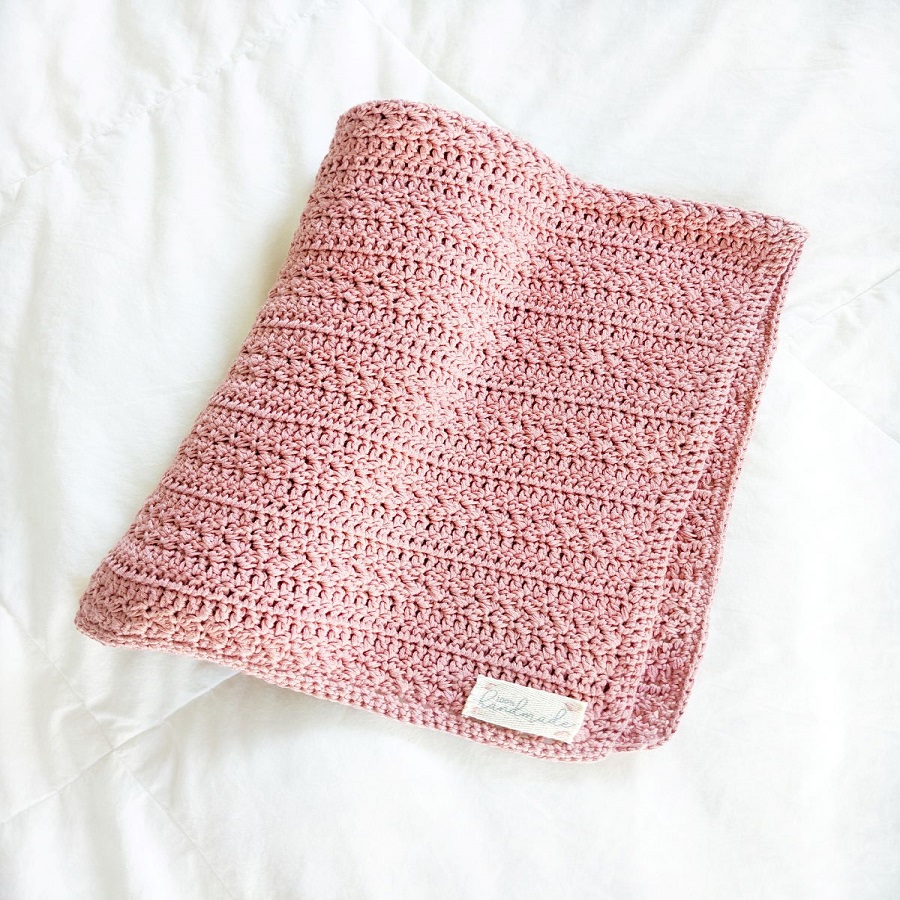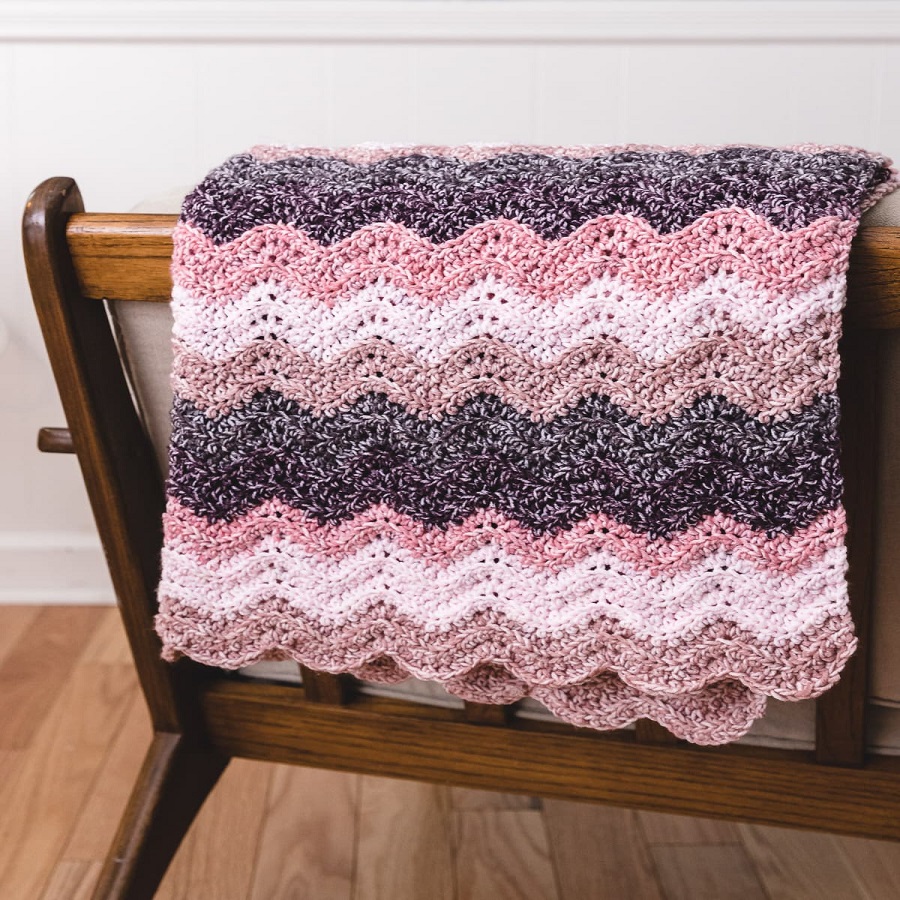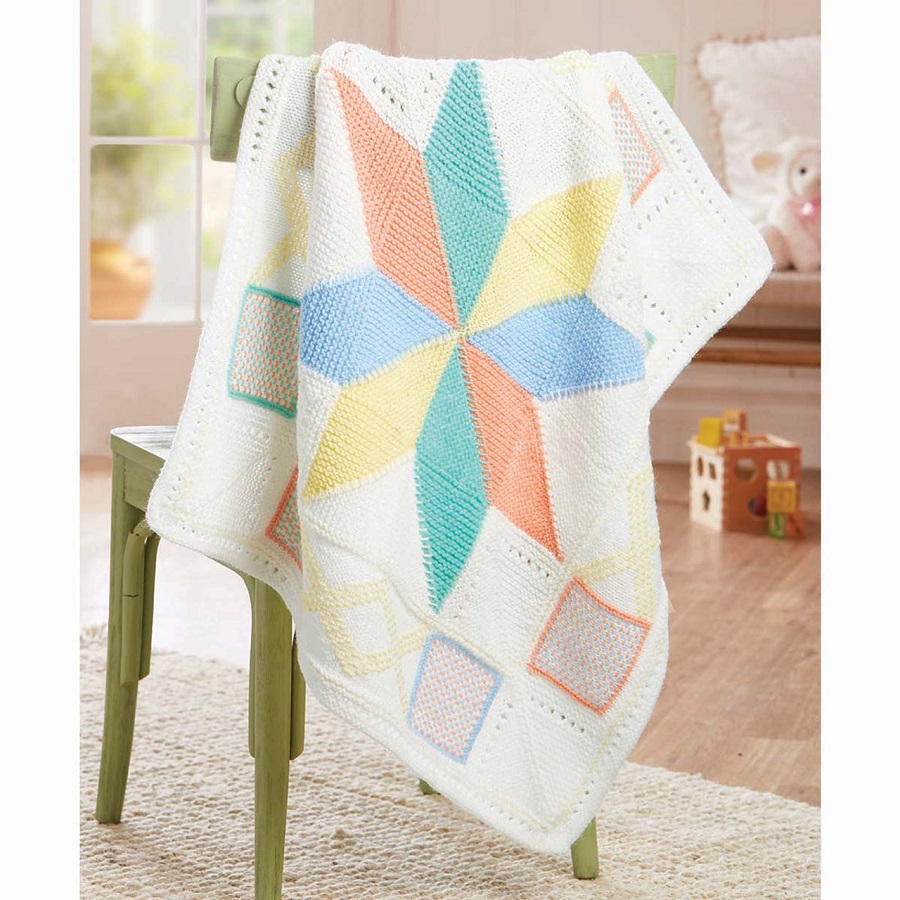Introduction to Knitting a Baby Blanket
Knitting a baby blanket can be a rewarding project. It’s perfect for beginners and seasoned knitters alike. This guide will help you start your journey to creating a cozy piece for your little one.
Knitting offers a soothing, creative outlet and results in a handmade treasure. A knitted blanket can provide warmth and comfort to a newborn. Plus, it adds a touch of personal charm to any nursery.
We’ll discuss how to choose the right yarn, essential stitches, and more. Ready to start? Let’s dive into the wonderful world of knitting baby blankets.
Selecting the Perfect Yarn
Selecting the right yarn is crucial for your baby blanket project. The yarn you choose determines the blanket’s texture, durability, and comfort. Here’s how to pick the perfect yarn for your baby blanket pattern:
Consider the Material
- Wool: Wool is warm and durable, making it a great choice for baby blankets. It holds texture well and is elastic, which is great for knitting.
- Cotton: Cotton yarn is soft, breathable, and suitable for warmer climates. However, it might not hold its shape as well as wool.
- Acrylic: Acrylic yarn is affordable and available in many colors. It’s hypoallergenic, which is good for sensitive skin. But, it may not be as breathable as natural fibers.
Choose the Right Color
The color of your yarn can complement the theme of a nursery or reflect personal taste. Neutral colors like cream, gray, and pastel shades are popular for their soothing effect. Bold colors like the forest green mentioned can add a rich, vibrant feel to the pattern.
Texture and Weight
The texture of the yarn can add depth to your blanket. A chunky yarn makes a quicker knit and gives a modern look. Fine yarns, while more time-intensive, can provide delicate detail to your pattern. Always consider the weight of the yarn, as it affects the needles you’ll use and the final feel of the blanket.
Choosing the right yarn will affect your knitting experience and the quality of the finished blanket. Take your time to find the best fit for your project’s needs.
Essential Knitting Stitches: Knits and Purls
Mastering two simple stitches is key to knitting the perfect baby blanket pattern. These are the knit stitch (k) and the purl stitch (p). Both are fundamental in creating various textures and patterns.
The Knit Stitch (k)
- Easy to Learn: The knit stitch is the most basic and first learned by beginners.
- Creates a Smooth Texture: It results in a V-shaped pattern that’s smooth to the touch.
- Versatile Use: Use this stitch for the main body of the blanket or to craft ribbed borders.
The Purl Stitch (p)
- Adds Depth: The purl stitch creates bumps in the fabric, adding a 3D effect.
- For Texture Differences: Alternate with knit stitches to form patterns like ribbing or moss stitch.
- User-Friendly: Just as easy to learn and execute as the knit stitch.
Combining knits and purls allows you to create a myriad of textures, from simple to complex. The Woodland Moss baby blanket pattern mainly uses these stitches for its appealing texture. As you knit, you’ll see the charming Irish moss stitch come to life. It’s a delight to see and feel the pattern forming under your needles as you go along.
Whether watching TV or enjoying a quiet moment, these stitches make knitting a baby blanket a calming and joyful experience. With knits and purls, you’re well on your way to creating a beautiful, textured blanket that’s perfect for any little one.
Determining the Right Size for Your Baby Blanket
Size is important when creating a baby blanket. It affects how the blanket can be used and for how long. Here are some key points to consider.
- Newborn to 6 Months: A size that’s perfect for this age is about 26″ x 28″. It’s large enough for swaddling, tummy time, and as a stroller cover later.
- Smaller: A smaller blanket, like a lovey, can be a quick knit and a comforting toy.
- Larger: Bigger sizes can transform into throws or bedding as the child grows.
Remember, the size should fit the purpose of the blanket. A snug size for cuddling or a larger one for playtime – your choice shapes its future use. Keep the baby’s movements in mind. Infants stay mostly in place, but a mobile baby might need a larger blanket.
Step-by-Step Guide to Knitting the Woodland Moss Blanket
Knitting the woodland moss baby blanket follows a straightforward pattern, perfect for beginners. Here’s a detailed walkthrough to guide you through each step.
Gather Your Materials
Before starting, ensure you have all necessary materials:
- Yarn: Choose soft, forest green wool for a cozy feel.
- Needles: US Size 11 (8 mm), 24” circular knitting needles are ideal.
- Stitch Markers: Helpful for marking pattern repeats.
- Scissors: For cutting the yarn upon completion.
- Yarn Needle: For weaving in the ends.
Cast On
Begin by casting on 74 stitches for the base of your baby blanket. This provides the width.
Knitting the Edges
Start with the garter stitch edges.
- Rows 1-6: Knit all stitches to form a simple, flat border.
Working the Irish Moss Stitch
The main texture comes from the Irish moss stitch.
- Row 7: Knit 6, then alternate knit and purl stitches to the last 6, then knit 6.
- Repeat a similar pattern for rows 8 through 10, alternating the initial stitches of each sequence for texture.
Repeating the Pattern
Continue the established pattern (rows 7-10) until your blanket measures around 28 inches from the cast-on edge.
Final Edging
End with five rows of garter stitch to match the beginning edge of the blanket.
Binding Off
Carefully bind off your stitches, keeping an even tension to preserve the blanket’s shape.
Weaving in Ends
Use your yarn needle to weave in any loose ends securely. This step ensures that nothing unravels.
Following these steps, you’ll have crafted a beautifully textured, cozy blanket perfect for any newborn’s needs, from photo ops to daily snuggles. Enjoy knitting this memorable piece that could be a cherished gift or a practical newborn essential.
 Finishing Touches: Binding Off and Weaving Ends
Finishing Touches: Binding Off and Weaving Ends
To finalize your baby blanket pattern, binding off and weaving in ends are the last steps. Here’s how to do it correctly:
Binding Off with Care
- Keep Even Tension: Bind off loosely to maintain the blanket’s edge shape.
- Secure the Last Stitch: Always finish the last stitch with a firm pull to secure it.
Weaving in the Ends
- Hide the Yarn Ends: Use a yarn needle to weave in ends within the blanket’s edges.
- Trim Excess: After securing, cut any extra yarn close to the blanket.
Executing these finishing touches neatly improves your blanket’s durability. It ensures no yarn ends come loose with use. With binding off and ends woven in, your creation is ready for gifting or cozy snuggles.
Adapting the Pattern for Different Sizes and Purposes
Adapting the Woodland Moss Baby Blanket pattern allows versatility in your knitting projects. Here’s how to customize the baby blanket pattern for various needs and preferences.
Adjusting the Size
- For Smaller Items: Reduce stitch counts for smaller, portable baby blankets or loveys.
- For Larger Throws: Increase both the stitch count and the number of pattern repeats. This adaptation makes the blanket suitable for older children or even adults.
Modifying for Different Purposes
- Swaddling Blankets: Ensure the blanket is large enough to wrap around a newborn comfortably. Aim for a size of at least 36” x 36”.
- Car Seat Covers: Knit a smaller, lighter version to drape over a car seat during chilly outings.
- Decorative Nursery Throws: Use vibrant colors and knit larger sizes to serve as a delightful accent in a nursery.
Utilizing Different Materials
- Summer Blankets: Opt for cotton or bamboo yarns which are lighter and more breathable than wool.
- Winter Blankets: Stick with thick, insulating wool that keeps the baby warm during colder months.
With these adjustments, the Woodland Moss Baby Blanket pattern can meet a wide range of needs, from practical baby essentials to decorative nursery items. By changing the size, purpose, or material, you can personalize each blanket to suit any occasion or function.
Memorable Gift Ideas: Knitting for Babies and Special Occasions
Knitted gifts are treasured keepsakes, especially for babies and special occasions. They carry the warmth of personal touch and thoughtfulness that store-bought items seldom match. Here are some ideas to inspire your next knitting project for a truly unforgettable gift.
- Personalized Baby Blankets: Custom knit a baby blanket with a chosen color to match the nursery. Add initials or a birth date for a personal touch.
- First Holiday Ornaments: Knit small, festive shapes like stars or trees. They make great baby’s first Christmas keepsakes.
- Birthday Milestone Markers: Create a unique knitted item for each year. It could be a small toy or a decorative item to mark each birthday milestone.
- Baptism or Christening Shawls: A delicate knitted shawl for these special occasions is both practical and symbolic.
- Newborn Photography Props: Soft, plush knitted items can serve as cozy props for newborn photo shoots. Think tiny hats or wraps.
- Mother’s Day Scarves: A scarf in a beautiful pattern is a lovely way to show appreciation for new moms or grandmothers.
These ideas show that with your knitting skills, you can create meaningful gifts that celebrate life’s special moments. Always keep in mind the baby blanket pattern, size, materials, and the recipient’s preferences when planning your project.
